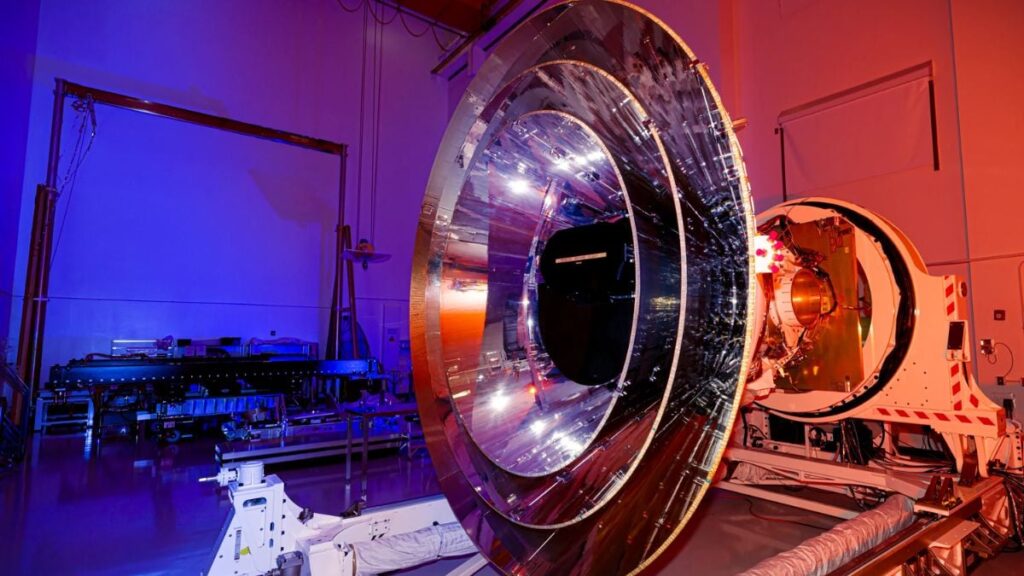A groundbreaking space telescope is set to launch next month to map the cosmos in infrared light. The SPHEREx mission, officially known as the Spectro-Photometer for the History of the Universe, Epoch of Reionization and Ices Explorer, has been designed to provide scientists with a comprehensive map of the sky using spectroscopy. This approach will allow researchers to analyse the composition and distances of millions of galaxies and stars. The mission, expected to last two years, will collect data on more than 450 million galaxies and over 100 million stars in the Milky Way.
Key questions about the universe’s early moments, galaxy formation, and the presence of water in planetary systems will be explored. The spacecraft is currently undergoing final preparations for its scheduled launch from Vandenberg Space Force Base in California aboard a SpaceX Falcon 9 rocket on February 27.
Mission Objectives and Scientific Impact
According to NASA, SPHEREx will survey the entire sky in 102 wavelengths of infrared light, a capability that will offer insights into the earliest stages of the universe. The mission will help researchers examine conditions just after the Big Bang and track the evolution of galaxies. Data collected will also contribute to understanding how water and other essential elements formed in planetary systems.
Testing and Preparations for Launch
Reports indicate that extensive testing of the SPHEREx spacecraft has been conducted at BAE Systems in Boulder, Colorado. The observatory has been placed in the Titan thermal vacuum chamber to simulate extreme temperatures it will experience in orbit. In a statement to NASA, Farah Alibay, systems engineer at the Jet Propulsion Laboratory, explained that these tests are critical for ensuring the telescope’s performance in space.
Design and Structure
The spacecraft comprises two primary sections: the scientific instruments and the support systems. A telescope developed by BAE Systems forms the core of its science equipment, while the spacecraft section houses the onboard computer, communication systems, and solar arrays. Three metallic photon shields, arranged in concentric cones, have been incorporated to regulate temperature and protect the telescope from excess heat.
Looking Ahead
In a statement, Brian Pramann, program manager for the project, expressed optimism about the mission’s impact, stating that the data collected could transform the scientific community’s understanding of cosmic history. The first images captured by SPHEREx are expected to provide significant insights into the universe’s past, offering researchers a glimpse of celestial objects as they appeared billions of years ago.


